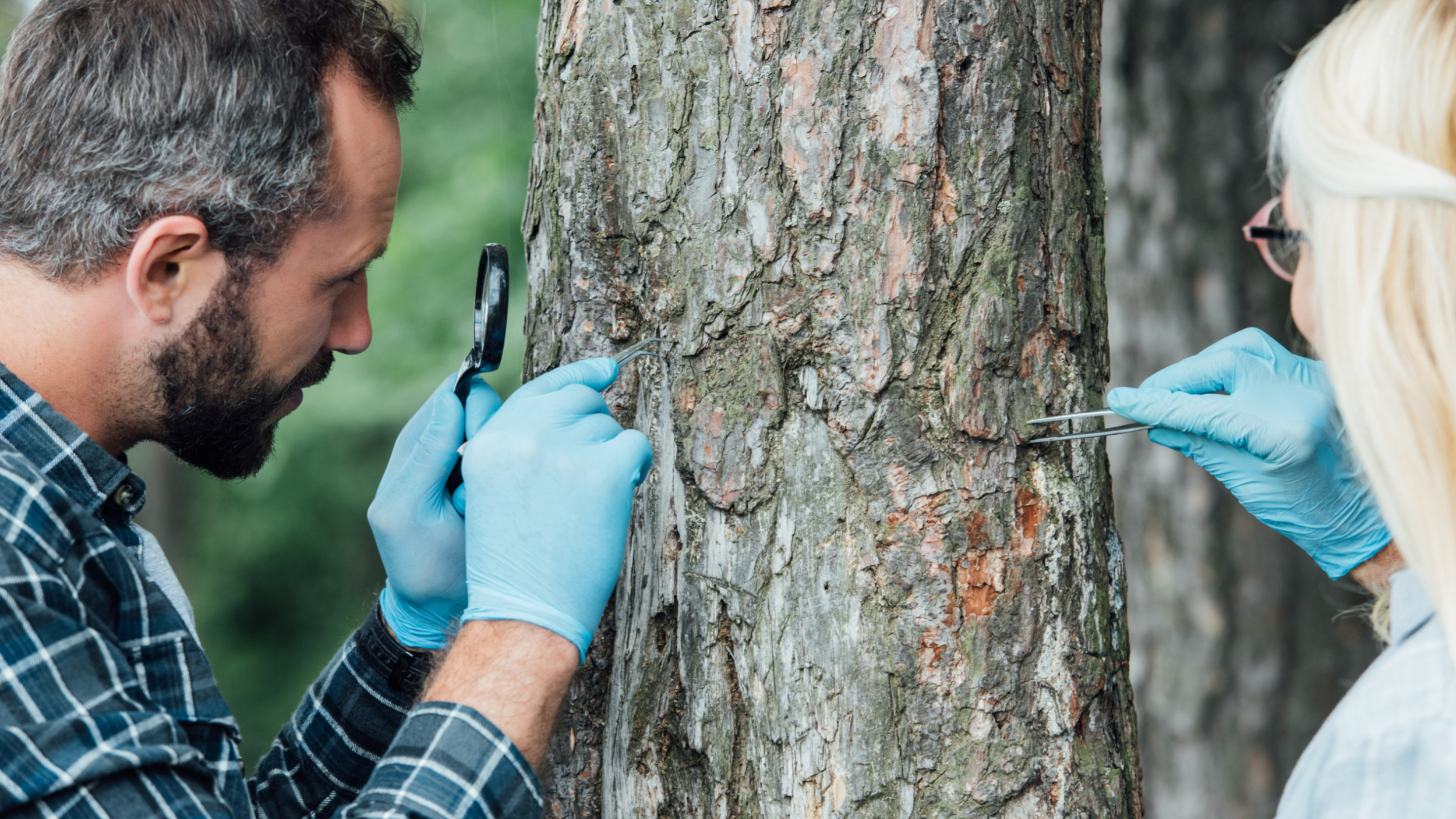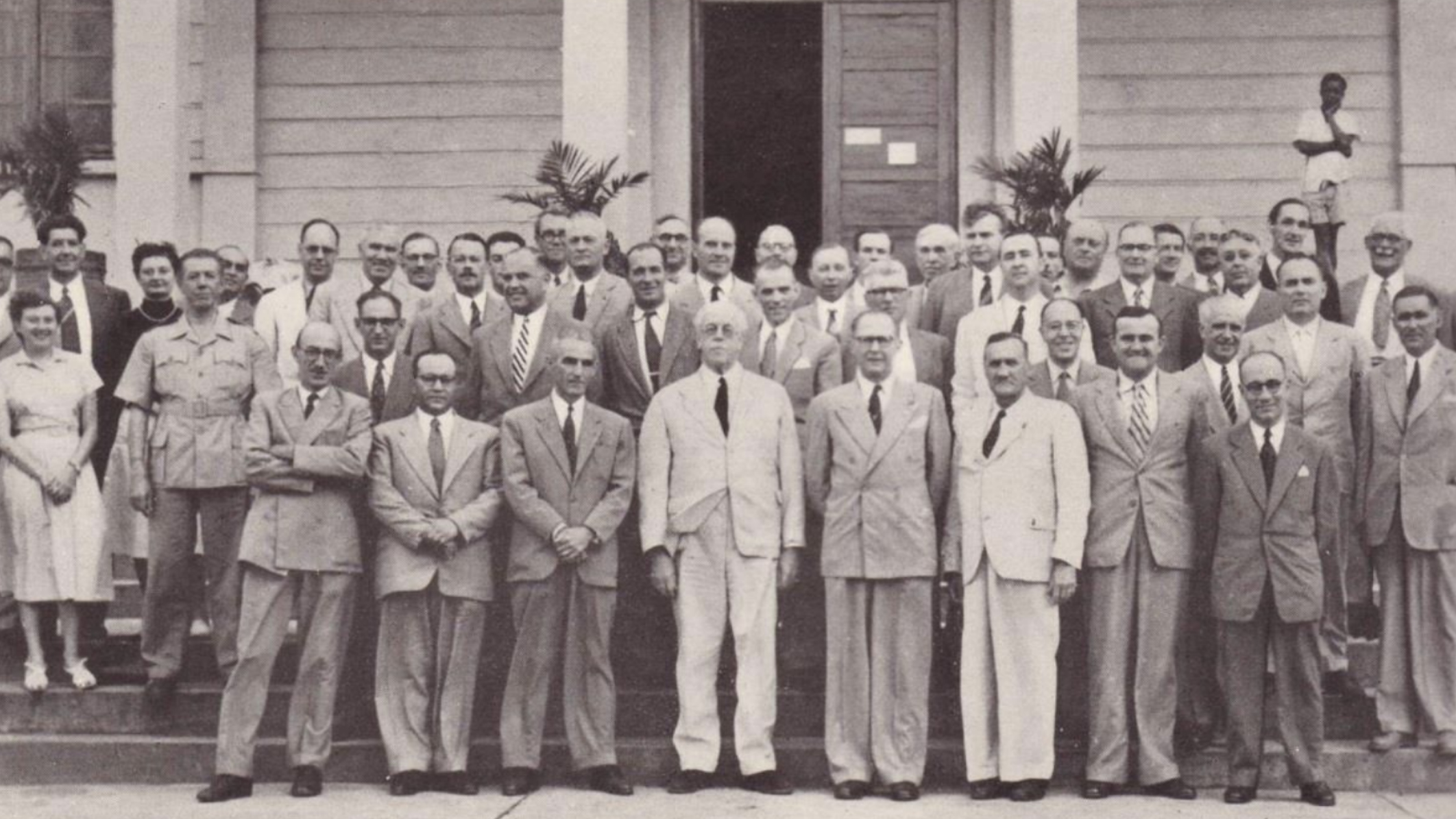New Report: The Exotic Pet Trade – An Unnecessary Luxury In Need Of Regulation
It seems like barely a day goes by without at least one article, somewhere in the world, highlighting the problems associated with the exotic pet trade (EPT). Live animals seized at airports, population decline of species popular in the trade, social media’s role, the torture of animals for followers, the staggering mortality rates in and trauma in the supply chains. This is a scandal on a global scale and a scandal that currently shows no signs of being stopped. Why? Because, as with all other forms of overextraction of wild species for profit, key suspects are taken out of the frame. Too few inroads have been made, and will be made, in dealing with the lack [...]










